The content of the article
The exotic mango fruit often appears on the shelves of the supermarket, so every person sooner or later has a desire to try it. Doubts arise in diabetics with type 1 and 2 disease, because they need to strictly control the flow of sugar into the body, and all fruits are sources of fructose and glucose.
Mango has a glycemic index of up to 55, which makes it possible to use it with diabetes, of course, while controlling the dosage. The fruit contains a lot of beneficial components that positively affect carbohydrate metabolism and contribute to the breakdown of "bad cholesterol."
Chemical composition
For diabetics, the composition of mango is valuable and balanced:
- vitamins of various groups (ascorbic acid, retinol, beta-carotene, vitamin D and the whole group B);
- fructose and glucose;
- dietary fiber;
- antioxidants;
- amino acids (irreplaceable and replaceable);
- organic acids;
- starch;
- tannins;
- minerals (calcium, phosphorus, potassium, iron, magnesium and others);
- pectins.
Mango retinol and carotene are natural antioxidants that are able to bind and excrete toxins, metal salts, metabolites, free radicals. They prevent oxidative reactions in cells and tissues, reducing the risk of acidosis and ketoacidosis, which diabetics are prone to.
Vitamins of group B directly affect carbohydrate metabolism, providing a more complete assimilation of glucose and its rapid breakdown into energy. That is why a tropical fruit helps to arrest the symptoms of hyperglycemia in type 2 diabetes.
Ascorbic acid is a powerful antioxidant, strengthens the immune forces of the body, which is useful for patients with type 1 disease. Of course, vitamin C is mostly found in unripe fruit.
Useful properties for diabetic
First of all, the fruit has a moderate glycemic index and caloric content (only 68 kcal per 100 g).This makes it possible to use mango with various degrees of obesity, serious disorders of the endocrine system and metabolism. With proper use of fruit helps burn fat and healthy weight loss diabetic.
Also tropical fruit produces the following beneficial effects.
- Increases the body's resistance to pathogenic microflora, reducing the risk of trophic ulcers, dermatitis, diabetic foot, conjunctivitis and other diseases characteristic of diabetes.
- Excretes histamines, waste products of microbes and bacteria, metabolites (ketone bodies, resins, lactates, etc.).
- Restores metabolism, starts active digestion and intestinal peristalsis. A diabetic can add an exotic fruit to his diet if he suffers from chronic constipation.
- It prevents the patient from developing iron deficiency anemia.
- Strengthens the cardiovascular system, reducing the risk of angiopathy and cardiopathy against the background of hyperglycemia. Mango also clears the walls of blood vessels from atherosclerotic and cholesterol plaques, regulating blood flow.
- It has a positive effect on the musculoskeletal system and the skeletal system, reducing the likelihood of fractures,sprains, etc.
- It prevents the formation of kidney stones, excretory ducts and gall bladder.
- Prevents seasonal avitaminosis.
- Beneficial effect on pregnancy.
- It prevents the multiplication of malignant cells.
- Strengthens the visual organs, has a positive effect on the work of the retina, which reduces the risk of typical visual impairment in chronic hyperglycemia.
How to use mango with the disease
Nutritionists and endocrinologists have prepared several recommendations on how to eat a tropical fruit for diabetes.
- Do not combine with other dishes. If mango is added to a fruit salad, then other fruits should be low GI (pears, apples, blueberries, citrus, etc.). You can fill this dish with low-fat unsweetened homemade yogurt or kefir.
- Do not eat on an empty stomach. Mango fibers activate peristalsis, can cause fermentation and produce a laxative effect, so it is best to regale on the fruit 2-3 hours after the main meal.
- Do not abuse. Patients with insulin-dependent diabetes are allowed to eat no more than 2 slices of fruit per day.Diabetics with type 1 mango are allowed to eat only a couple of times a week in a volume of 1-2 cloves.
- Prefer fresh fruit. Canned mangoes and candied fruits contain a high proportion of glucose and fructose (3 times more), which automatically increases their glycemic index.
- Do not eat unripe fruit. Mango peel contains toxins and allergens, so eating a green fruit increases the risk of severe body poisoning and acute diarrhea.
- Do not abuse nectar. Some people like to eat fruit in the form of healthy smoothies, which can be scrolled in a blender. But do not forget that the pulp of the fruit is very concentrated, so fresh juice must be diluted with water 1 to 1. It is allowed to drink one glass of drink per day.
Mango Harm for Diabetic
When abusing mangoes, the following reactions may develop:
- diathesis;
- fever;
- acute diarrhea;
- an attack of hyperglycemia;
- intoxication;
- swelling and itching of mucous surfaces;
- colic and stomach cramps.
It is forbidden to eat mango diabetics with high acidity of the stomach, acute forms of gastritis, ulcers, colitis, duodenitis, etc.
The product is not contraindicated for the diabetic diet, since it slightly affects the level of sugar. In addition, it produces positive effects on metabolism, digestion, cardiovascular and excretory systems of the body, so it may well be present in the menu of the patient. With care it is necessary to eat fruit from a supermarket, and also unripe fruits.
Video: what kind of fruit you can eat diabetic

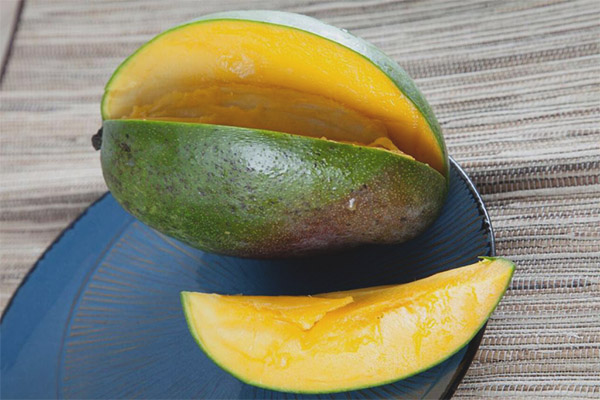
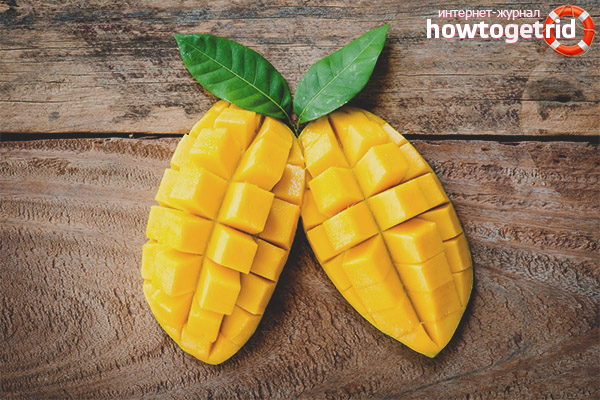

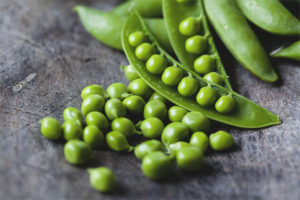

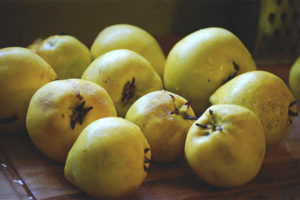


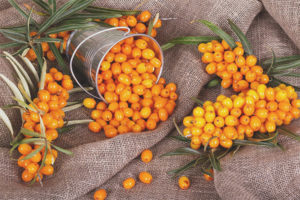
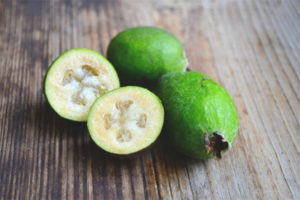
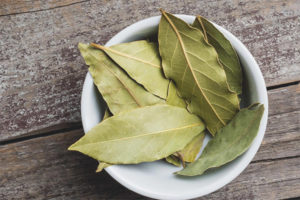
To send